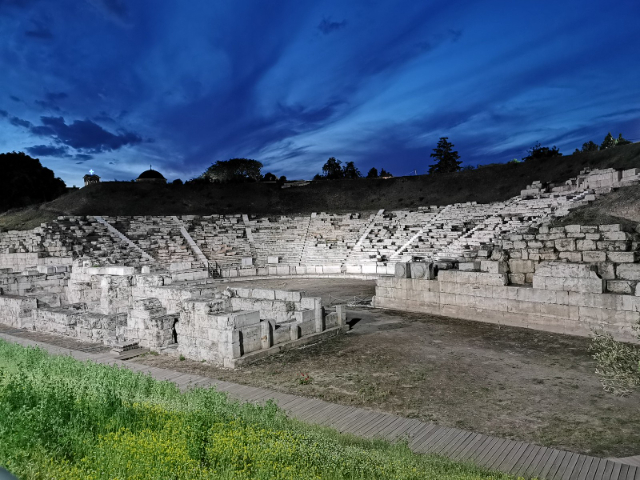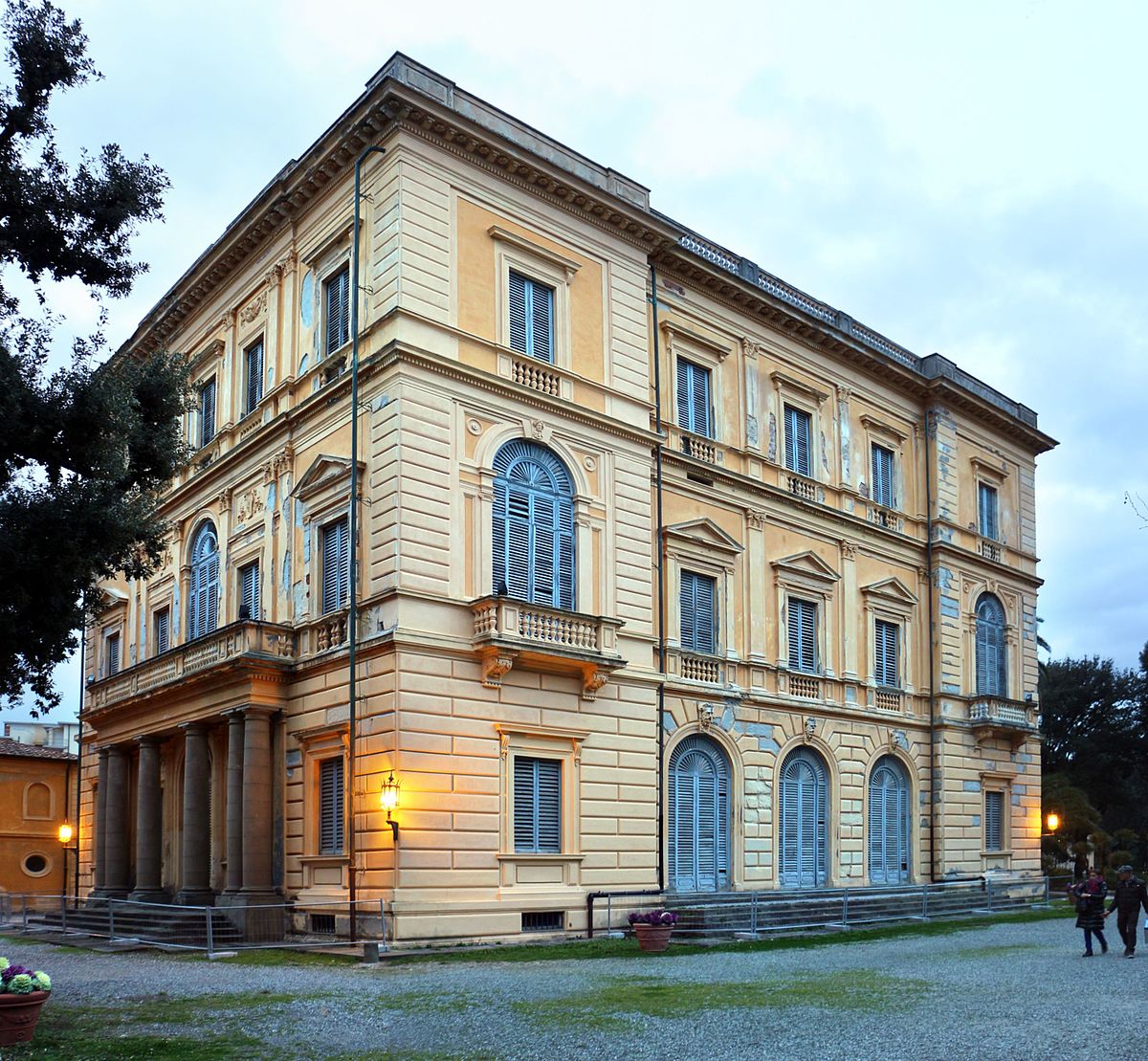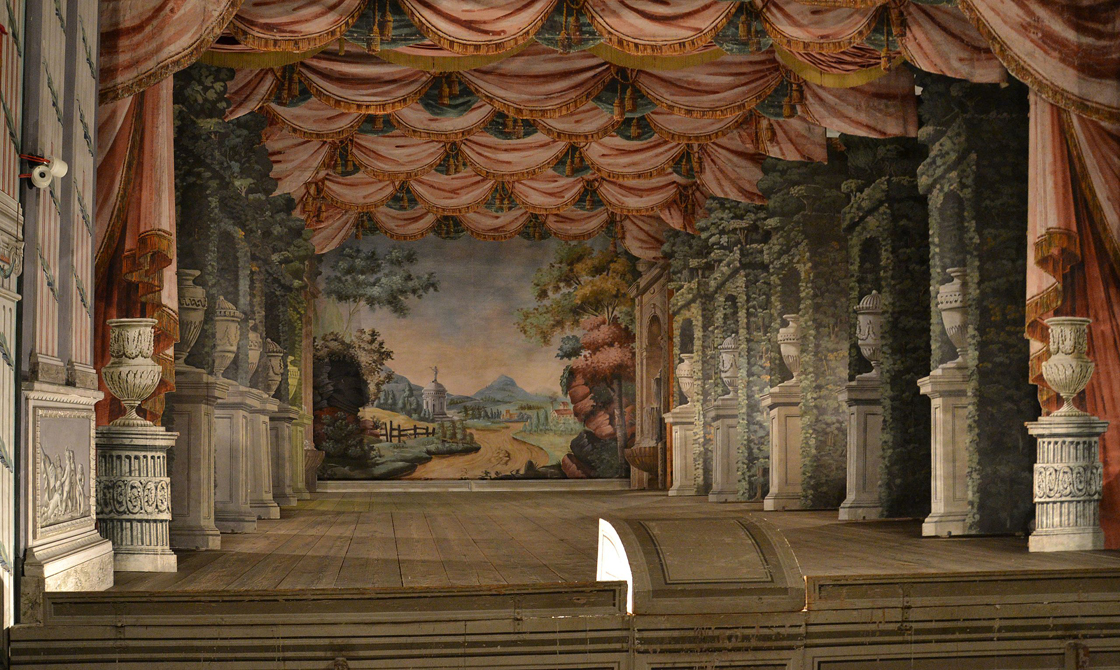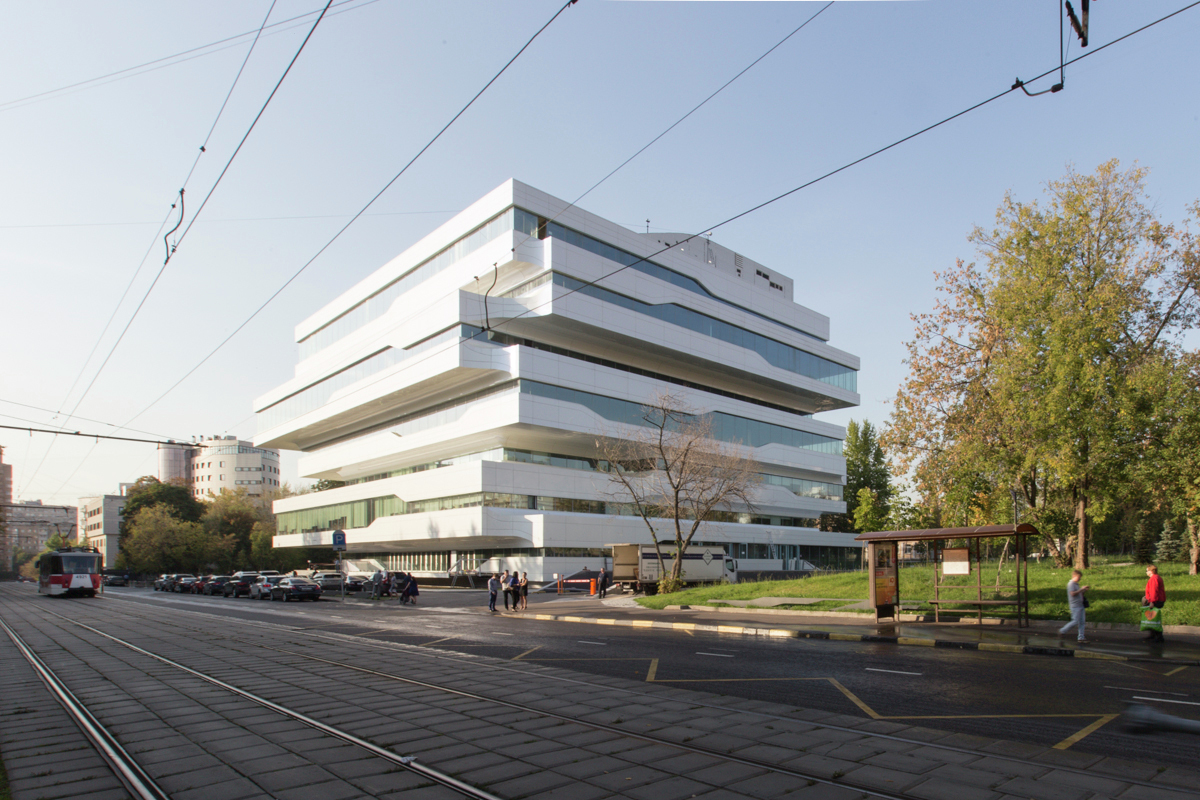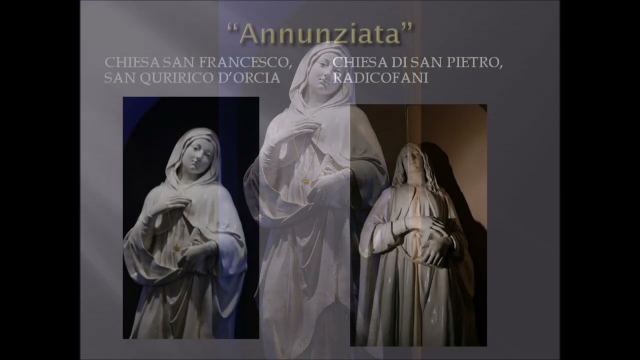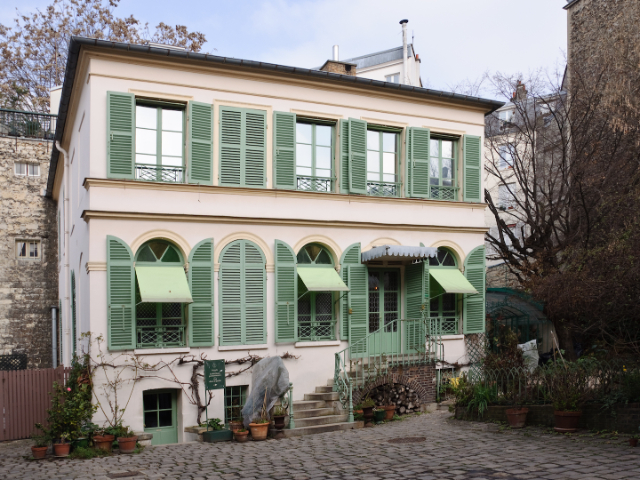The First Ancient Theatre of Larissa, located in the southern foothills of the hill known as “Fortress,” was initially constructed in the first half of the 3rd century BC. This hill was also the site of the ancient city’s fortified Acropolis, making it a significant center of both military and cultural activity. The theatre itself existed until the end of the 3rd century or early 4th century AD and faced significant destruction due to earthquakes. One in the late 2nd or early 3rd century AD damaged the second floor of the scene, the Doric entablature, and a part of the epitheatre. A subsequent earthquake in the 7th century AD caused almost total destruction, impacting the grand covered passageway behind the theatre’s scene and causing serious damage to the retaining walls.
The hill of the Fortress was a veritable hub of religious activity, hosting numerous temples in addition to the Ancient Theatre. These included temples dedicated to Athena, Zeus Omoloos, Zeus Thauliou, Artemis Throsias, Artemis Eilitheias, and Artemis Vendidos, among others.
Particularly relevant to the theatre was the temple of Dionysus, known as Karpios, which stood close by. These temples and the theatre together constituted a monumental ensemble that added to the grandeur of the city.
In its prime, the theatre was not merely a venue for musical concerts and re-stagings of classic plays but also hosted original plays from the New Comedy era. The theatre’s significance wasn’t limited to artistic performances; it also served as a gathering point for the ancient city’s social and political life. I
n ancient Larissa, these gatherings were known as the “Agora,” and they were usually presided over by the prime mover, Stagos.
Furthermore, the First Ancient Theatre of Larissa was the convention spot for representatives and delegates from different city-states who were part of the federation of Thessalian cities. The theatre was an integral component of the Community of the Thessalians, with Larissa as its capital.
Today, the theatre is still utilized by the municipality for various functions, including outdoor church gatherings, staying true to its ancient name of “Agora.” Its multifaceted history as a center for religious, social, and cultural activities makes it an essential destination for those interested in ancient Greek civilization.
Whether you are a history enthusiast, an admirer of ancient architecture, or someone curious about the cultural intersections of past civilizations, the First Ancient Theatre of Larissa offers a layered and enriching experience.

